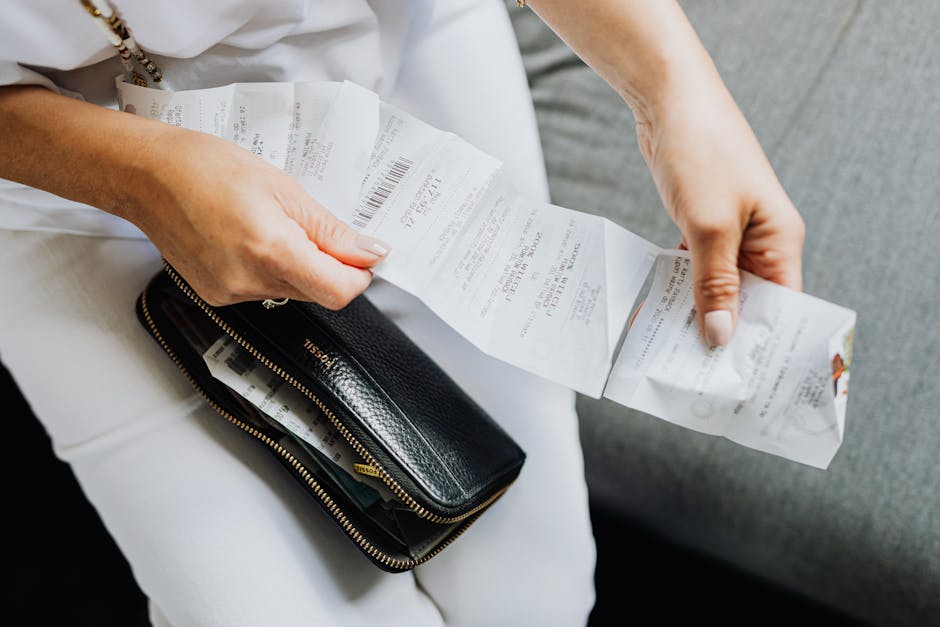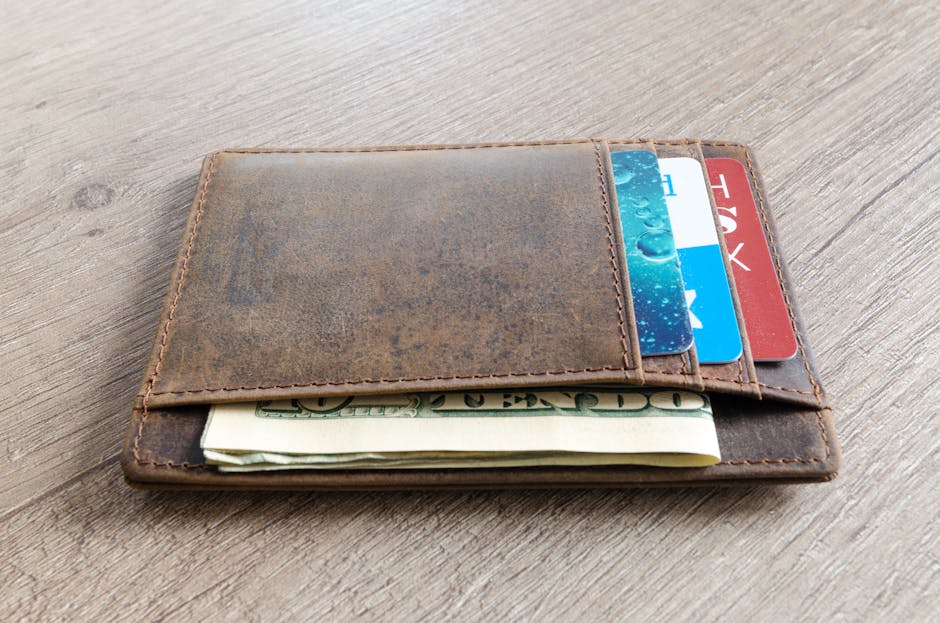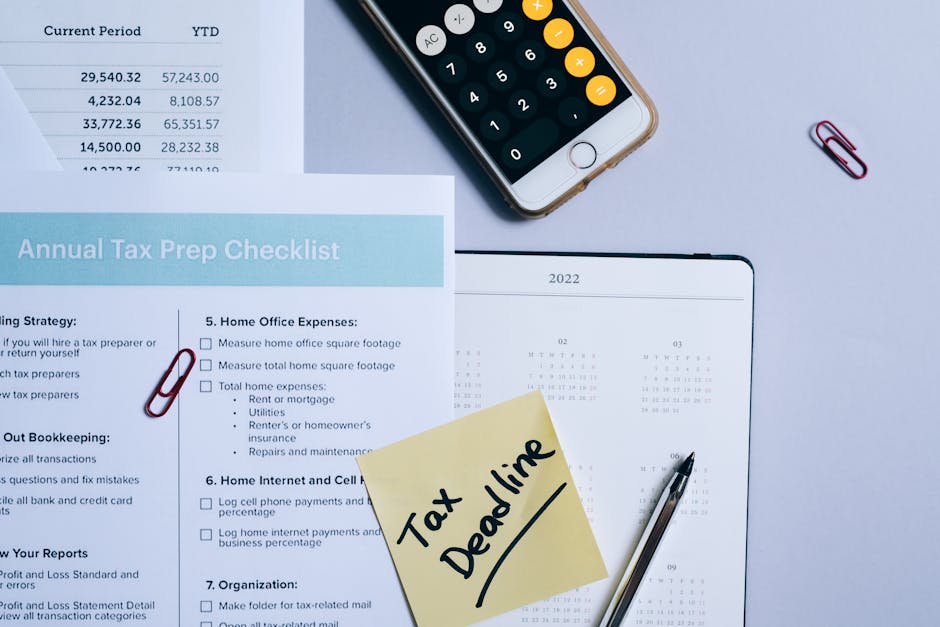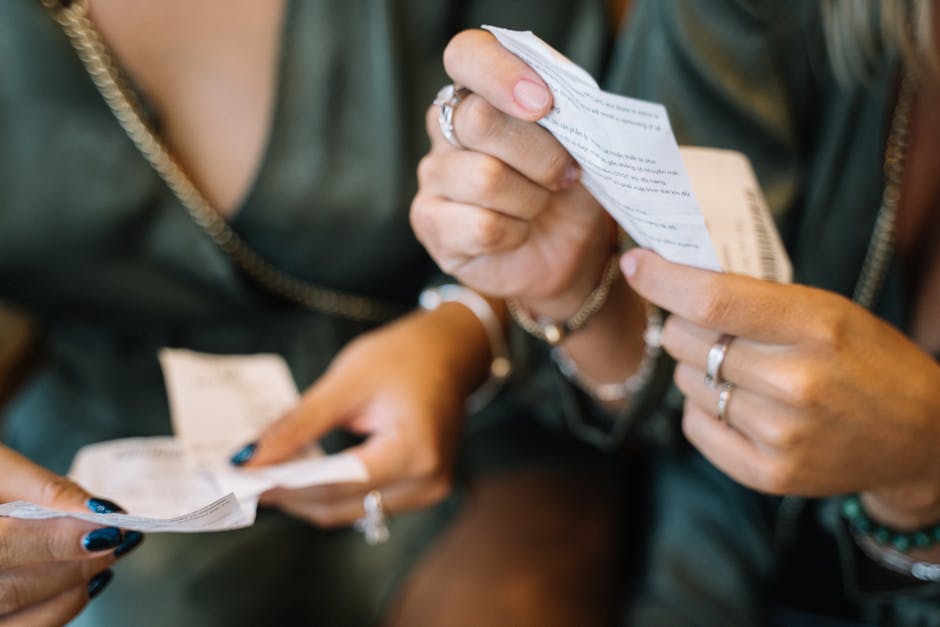Mastering Your Finances: How to Track Your Shopping Expenses
Are you constantly finding yourself surprised by your credit card bill each month? Do you struggle to keep track of where your money is going? If so, you’re not alone. Many people overlook the importance of tracking their shopping expenses, leading to financial stress and uncertainty. In this comprehensive guide, we will delve into the art of tracking your shopping expenses effectively. From understanding the benefits of tracking your expenses to exploring practical methods and tools, we will equip you with the knowledge and skills needed to take control of your finances. So, let’s dive in and learn how to track your shopping expenses like a pro!
The Benefits of Tracking Your Shopping Expenses

Before we delve into the nitty-gritty details of tracking your shopping expenses, let’s first explore why it is essential to do so. Tracking your expenses offers a myriad of benefits, including:
- Increased Awareness: By tracking your shopping expenses, you become more mindful of your spending habits and can identify areas where you may be overspending.
- Budgeting: Tracking your expenses allows you to create a realistic budget based on your actual spending patterns, helping you allocate funds more effectively.
- Financial Planning: Understanding where your money is going enables you to set financial goals, save for the future, and make informed decisions about your spending.
- Identifying Trends: By tracking your expenses over time, you can identify trends in your spending behavior and make adjustments as needed to achieve financial stability.
With these benefits in mind, let’s explore how you can start tracking your shopping expenses today.
Methods for Tracking Your Shopping Expenses

There are several methods you can use to track your shopping expenses, depending on your preferences and lifestyle. Here are some popular methods to consider:
Maintain a Spending Journal
One of the simplest ways to track your shopping expenses is to keep a spending journal. This can be a physical notebook or a digital spreadsheet where you record every purchase you make. Be sure to categorize your expenses (e.g., groceries, utilities, entertainment) to get a clear picture of where your money is going.
Use Budgeting Apps
In the digital age, there are countless budgeting apps available to help you track your expenses effortlessly. Apps like Mint, YNAB (You Need a Budget), and PocketGuard sync with your bank accounts and credit cards to categorize your expenses automatically. They also provide insights into your spending habits and offer budgeting tools to help you stay on track.
Set Up Alerts
Many banks and credit card companies offer alerts that notify you of your spending in real-time. You can set up alerts for specific spending thresholds, unusual activity, or when you’ve reached your budget limit for a particular category. These alerts can help you stay on top of your expenses and avoid overspending.
Use Cash Envelopes
If you prefer a more hands-on approach to tracking your expenses, consider using the cash envelope system. This method involves allocating a set amount of cash to different spending categories (e.g., groceries, dining out) and placing the cash in designated envelopes. Once the cash in an envelope is depleted, you know you’ve reached your spending limit for that category.
Tracking Expenses for Different Shopping Categories

When it comes to tracking your shopping expenses, it’s essential to break down your spending into different categories to gain a comprehensive understanding of your financial habits. Here are some common shopping categories to consider tracking:
Groceries
Groceries are a significant monthly expense for many households. By tracking your grocery expenses, you can identify opportunities to save money, such as meal planning, buying in bulk, or shopping at discount stores. Consider using apps like Ibotta or Checkout 51 to earn cash back on your grocery purchases.
Dining Out
Dining out can quickly add up, especially if you eat out frequently. Tracking your dining expenses can help you make informed decisions about where and when to eat out, as well as identify areas where you can cut back on spending. Consider setting a dining out budget to avoid overspending in this category.
Clothing and Accessories
Clothing and accessories are often impulse purchases that can derail your budget. By tracking your spending in this category, you can become more mindful of your shopping habits and make intentional purchases. Consider creating a clothing budget and shopping with a list to avoid unnecessary purchases.
Entertainment
Entertainment expenses, such as movie tickets, concerts, and streaming services, can add up quickly. Tracking your entertainment expenses can help you prioritize your spending and allocate funds to activities that bring you the most joy. Consider exploring free or low-cost entertainment options to save money in this category.
Tools to Simplify Expense Tracking

Tracking your shopping expenses doesn’t have to be a daunting task. There are several tools and resources available to simplify the process and make it more manageable. Here are some tools to consider using:
Receipt Scanning Apps
Receipt scanning apps like ReceiptPal, Ibotta, and Fetch Rewards allow you to upload your receipts and earn rewards for your purchases. These apps not only help you track your expenses but also provide cash back or gift cards for participating retailers.
Excel or Google Sheets
If you prefer a more manual approach to expense tracking, using spreadsheet software like Excel or Google Sheets can be a powerful tool. Create a simple expense tracking template with categories for income and expenses, and input your data regularly to stay on top of your finances.
Expense Tracking Software
There are numerous expense tracking software options available for individuals and businesses alike. Programs like QuickBooks, FreshBooks, and Wave allow you to track your expenses, manage invoices, and generate financial reports to gain insight into your financial health.
Automatic Savings Apps
Automatic savings apps like Acorns and Digit can help you save money effortlessly by rounding up your purchases to the nearest dollar and investing the spare change. These apps not only help you save money but also provide insights into your spending habits.
Common Misconceptions About Tracking Expenses
Despite the benefits of tracking your shopping expenses, there are several common misconceptions that may deter people from adopting this practice. Let’s debunk some of these myths:
Tracking Expenses is Time-Consuming
While tracking expenses may seem time-consuming at first, there are many tools and methods available to simplify the process. With apps, alerts, and automated systems, you can track your expenses efficiently without dedicating hours each day to the task.
Tracking Expenses is Only for Budgeting Experts
Tracking expenses is a skill that anyone can learn, regardless of their financial expertise. Whether you’re new to budgeting or a seasoned pro, tracking your expenses can provide valuable insights into your spending habits and help you make informed financial decisions.
Conclusion
Tracking your shopping expenses is a crucial step towards achieving financial stability and peace of mind. By understanding where your money is going, you can make informed decisions about your spending, save for the future, and reach your financial goals. Whether you prefer a hands-on approach with a spending journal or the convenience of budgeting apps, there are countless methods and tools available to help you track your expenses effectively. So, take control of your finances today, and start tracking your shopping expenses like a pro!
Remember, mastering your finances is a journey that requires dedication and consistency. By incorporating the tips and strategies outlined in this guide, you can take the first step towards financial empowerment and a brighter financial future. So, what are you waiting for? Start tracking your shopping expenses today and pave the way for a more secure and prosperous tomorrow.




